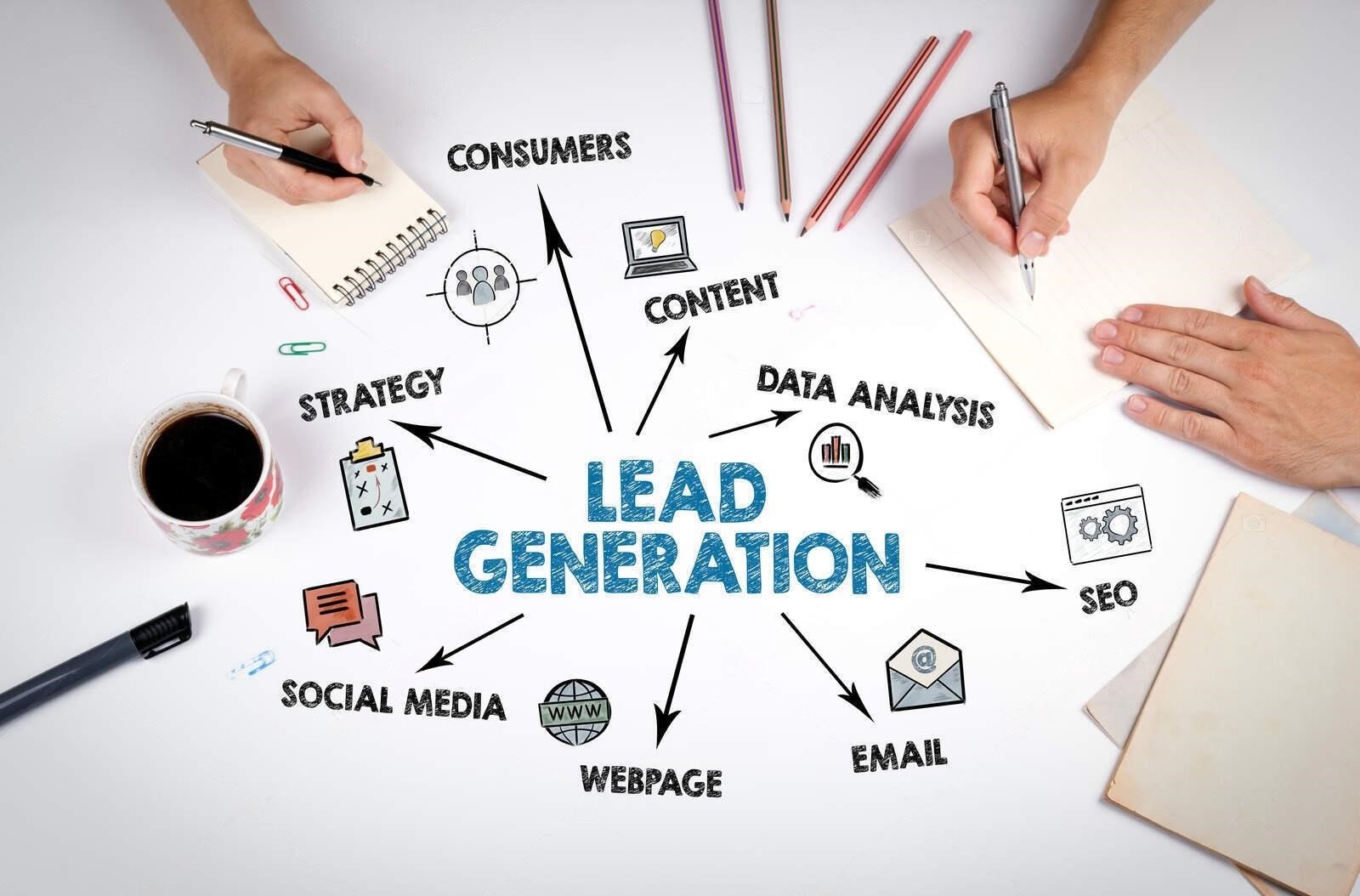How to Generate Quality Leads for Your Business
In the digital age, generating high-quality leads is the engine that propels business growth. It’s about identifying those individuals or organizations that have not only expressed interest in your offerings but are also aligned with your ideal customer profile. These are the leads with the highest potential to become paying customers, making lead generation a cornerstone of any successful business strategy.
But how do you consistently attract and nurture these valuable leads? This comprehensive guide will delve into the strategies and tactics that empower businesses of all sizes to identify their ideal customers, establish a compelling online presence, and leverage a variety of channels to connect with and convert potential customers into loyal brand advocates. From content marketing and SEO to social media engagement and targeted advertising, we’ll explore the multi-faceted approach required to consistently generate high-quality leads and fuel your business growth.
1. Define Your Ideal Customer Profile (ICP)
Having a clearly defined Ideal Customer Profile (ICP) is the foundation of your lead generation strategy. Stop at just demographic information and learn about the actual pain points, challenges, and aspirations that your perfect customer encounters. What keeps them up at night? How are they going to get home eventually? By knowing just how your prospects buy and what makes them tick, along with their preferred methods of communication, you can personalize everything for an even bigger bang. A well-defined ICP makes sure you are not just casting a big net, but that it is being cast over the right fish in the right pond.
2. Build a Stronger Online Presence
It is often the first contact potential leads have with your business, and it will represent you everywhere. Confirm that your site is easy to read, user-friendly, and provides a wealth of information while appearing aesthetically appealing. The second is to have a social media presence that gives out valuable information, builds relationships with your followers, and shows off the quirky personality of your brand. Consider your online presence to be a digital storefront, one that draws in visitors and makes them want to come inside and learn more about what you have available.
3. Content Marketing That Attracts
Content marketing also works well with all lead types. Sounds like making content, right – Blogging, Article writing, Video creation So on and so forth, that speaks to your audience. It is more than just cranking out content; it includes creating various pieces that target specific frustrations, passions, and questions that segment the other ideal customer stages. Delivering relevant and valuable content establishes your brand as an industry expert, therefore causing potential leads to gravitate towards you!
4. Search Engine Optimization (SEO)
SEO is a long-term investment with high rewards! Being first can help you bring customers close to your doorstep; when anyone has problems with a product, if he/she finds the solution at the top of the list, it’s just like the last try. investing in on-page search engine optimization methods such as keyphrase targeting, meta information, and premium quality content. Create quality backlinks from high-authority websites where you can prove your relevancy and authority. Using tools like auto blogger can produce much more SEO optimized content, which will help you rank for the keywords that attract people! As long as you are in the top search results, there are more chances for your potential leads to see you.
5. Pay-Per-Click (PPC) Advertising
PPC advertising, such as Google Ads or social media ads, is a direct route to targeted lead generation. This is a pay-for-play tactic; however, you get immediate visibility and control over how to define your audience (including keywords, demographics, interests, and even behaviors). To make the most of your PPC campaigns, you need to create ad copy and landing pages that are both engaging and in line with user intent. When paired with a rock-solid ICP, it works wonders by attracting leads like bees to honey!
6. Email Marketing That Nurtures
Lead Nurturing Through Email marketing still works as a great platform to connect with leads on the sales funnel. Email list: Provide value-added resources (white papers, templates, exclusive discounts) against email addresses With a list, concentrate on email marketing to add value (send good information and be helpful). Boy does this work.
Additionally, the use of segmentation and automation can allow your messages to speak more directly to an individual’s preferences or behaviors, resulting in higher engagement and a better chance at conversion. Remember that building a quality email list takes time and effort, so avoid shortcuts like purchasing lists. Instead, focus on organically attracting subscribers who are genuinely interested in your offerings.
7. Social Media Engagement
Social media platforms offer a dynamic space for lead generation. However, success lies not in broadcasting promotional messages but in fostering genuine engagement. Respond promptly to comments and inquiries, participate in relevant discussions, and use social listening tools to track conversations about your industry or brand. Building relationships and trust on social media can turn followers into warm leads. Consider running targeted social media advertising campaigns to reach specific segments of your audience and expand your reach. Launch personalized social media advertising later to target your audience in different segments and broaden the reach. Develop a lively, engaging online community so that you can naturally grow and nurture leads.
8. Track and Analyze Your Results
One thing you need to understand is that lead generation never stops. It needs to be monitored and adjusted continually. Utilize sophisticated tools for tracking leads and analytics to gauge how well your different channels and campaigns are performing. Pinpoint which strategies are driving the highest quality of leads and also flagging those in need of refining. So, with data on lead source performance, conversion rate, and customer lifetime value in hand, refine your strategy accordingly and put resources where they will be most effective.
9. Lead Scoring and Qualification
Not all leads are created equal. Implement a lead scoring system to prioritize leads based on their level of engagement and fit with your ICP. Focus your sales efforts on high-quality leads that are most likely to convert. Key Considerations:
a. Personalization: Tailor your communication and offers to the specific needs and interests of each lead.
b. Data Privacy: Respect data privacy regulations and obtain consent before collecting and using lead information.
c. Adaptability: The lead generation landscape is constantly evolving. Be prepared to experiment with new tactics and adapt your strategy to stay ahead.
d. Track and Analyze Your Results: Track and analyze your results by monitoring key metrics and performance data to refine your lead generation strategies and improve outcomes.
Conclusion
Quality lead generation is not something you can expect to do once and simply forget about; it requires a multi-faceted, adaptable set of skills to achieve success. Knowing your customer to the core, cultivating an engaging and supportive online environment through massive overdelivering content that truly serves as a welcomed distraction from their day, and using all multi-channel marketing tools strategically in unison.
Businesses stand to continue attracting and converting leads that are of higher quality into consistent customers as long as they make use of tools such as autobloggers for improved SEO results, relevant email marketing efforts based on particular lead behaviors or actions, and positive social media engagement exercises.
Remember, the lead generation landscape is constantly evolving, so staying informed about the latest trends and technologies is essential. By tracking and analyzing your results, you can fine-tune your strategies and make data-driven decisions to maximize your lead generation ROI. Ultimately, the success of your lead generation efforts lies in your ability to adapt, innovate, and consistently deliver value to your target audience, building lasting relationships that drive sustainable business growth.



